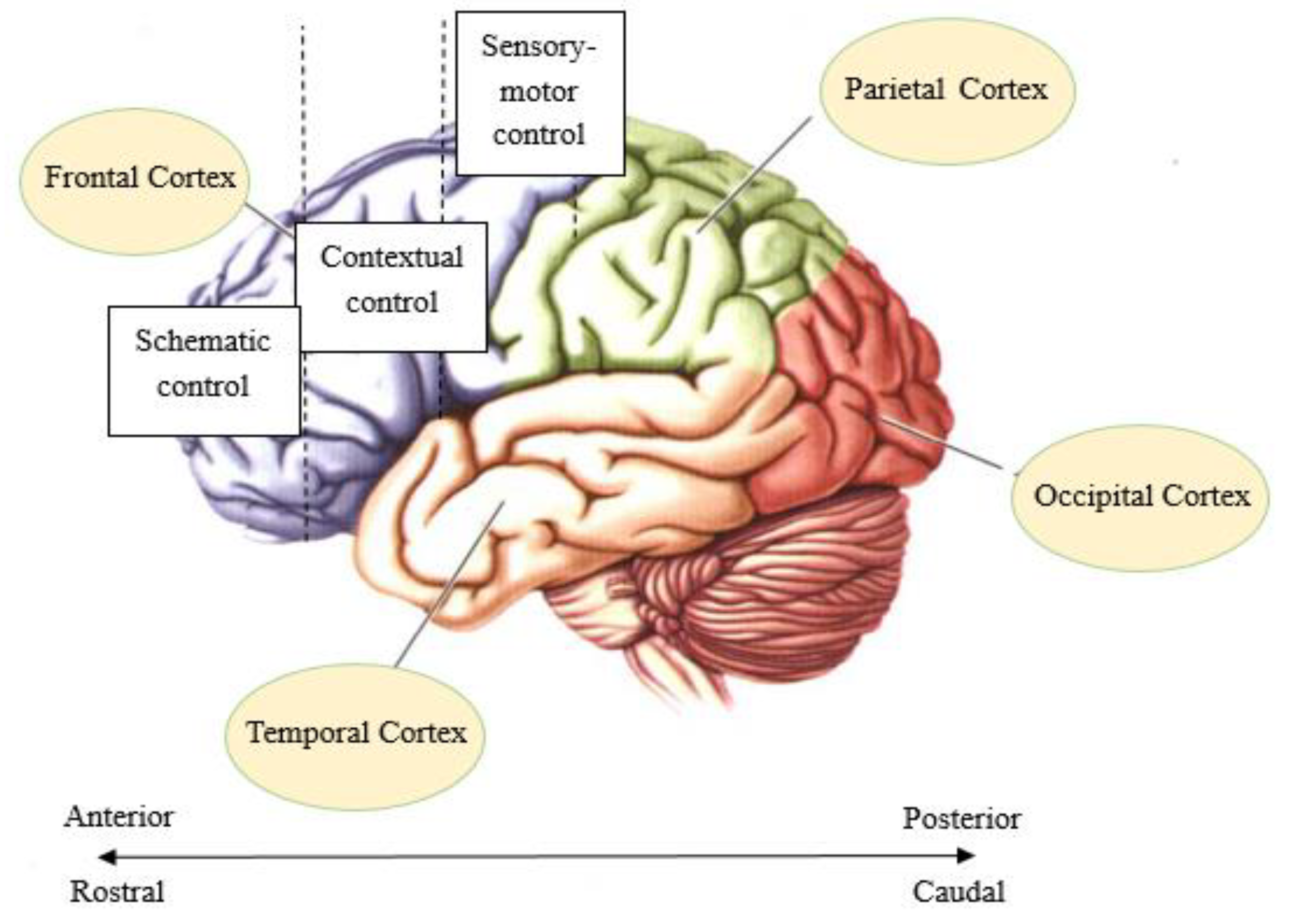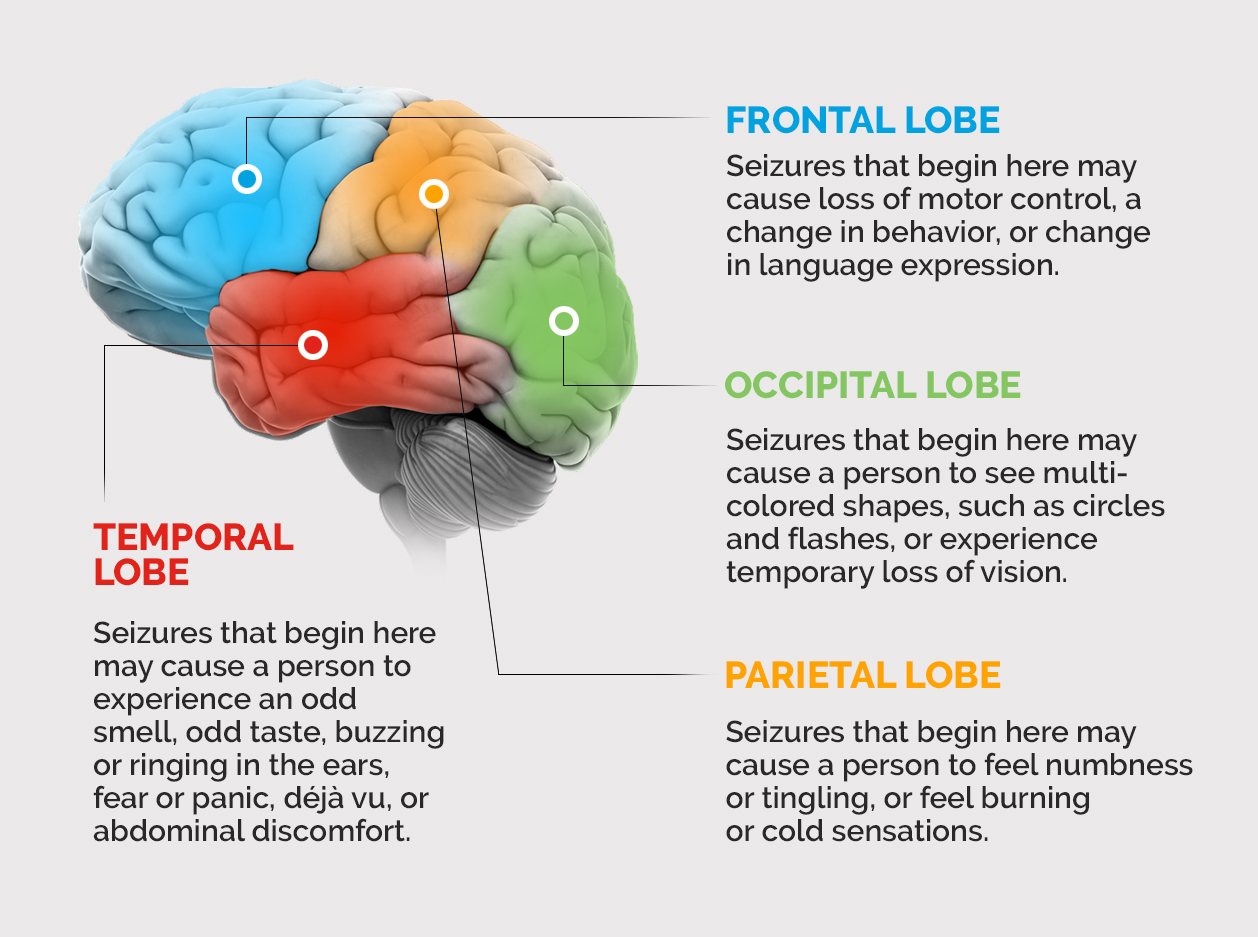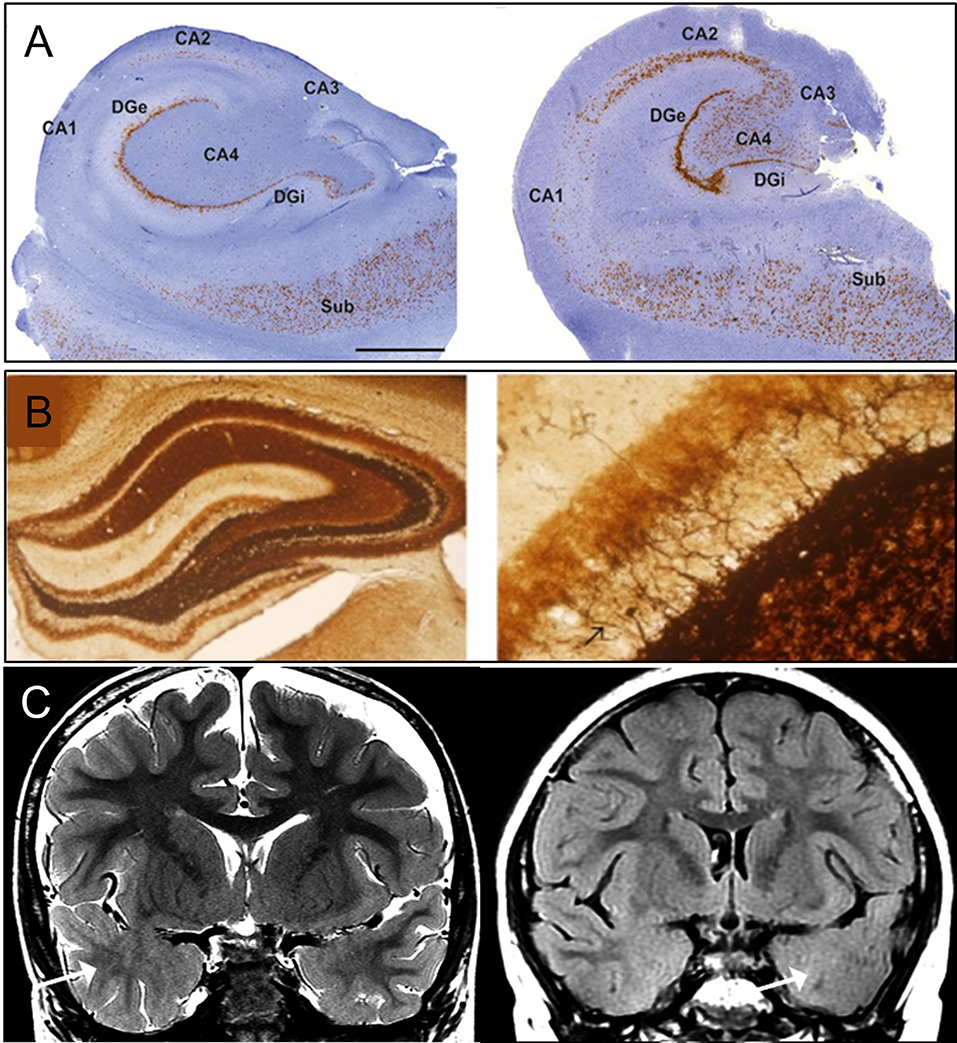
Unraveling Time’s Tapestry: What Does Temporal Mean In Neuroscience?
The Essence of “Temporal” in Brain Studies
Ever ponder how that amazing organ between your ears manages to keep tabs on, well, *time* itself? Not in the sense of checking a clock, naturally, but in how it deals with happenings that occur one after another? That’s where the notion of “temporal” enters the neuroscience picture. It’s not about strapping a tiny timepiece to your neurons (though the imagery is amusing!), but rather about grasping how the brain takes in, arranges, and reacts to information as it unfolds across moments, tiny fractions of a second, and even longer stretches. Consider following a chat, recognizing a tune, or even anticipating where a ball will land when you’re about to catch it — all these heavily lean on your brain’s knack for temporal processing.
At its heart, “temporal” in this context simply points to anything related to time. When brain scientists discuss temporal processing, they’re investigating how neural activity shifts over time and how these shifts contribute to what we perceive, how we think, and what we do. This could involve scrutinizing the precise timing of nerve cell firing, how long neural events last, or the order in which different brain areas become active. It’s akin to trying to understand the rhythm section of the brain’s orchestra — without a good sense of timing, the whole performance would fall apart.
The fascinating (and sometimes perplexing) aspect of studying temporal elements of the brain is its multifaceted nature. It’s not a singular event in a single location. Temporal processing is spread out across various brain regions, each contributing in its own unique way. For example, the auditory cortex is vital for processing the temporal structure of sounds, enabling us to tell apart different speech sounds and understand language. Meanwhile, the hippocampus plays a key role in recording the temporal sequence of events in our memories. It’s a complex interplay of neural activity unfolding in the dimension of time.
So, the next time you hear a neuroscientist use the word “temporal,” try to think beyond just the calendar hanging on your wall. Consider the intricate dance of neural signals that allows you to experience the world as a continuous flow of events, rather than a disorganized jumble of separate instances. It’s about how your brain makes sense of the “when” just as much as the “what” and the “where.”
Temporal Dynamics in Neural Activity
The Brain’s Internal Clockwork
Picture your brain as a lively city, with information constantly zipping between different neighborhoods. Temporal dynamics in neural activity refer to the changing patterns of this flow as time passes. It’s not a still photograph, but a constantly running movie. Neurons fire in specific sequences and at particular speeds, and these temporal patterns are believed to be crucial for encoding information. Think of it like Morse code, where the timing and order of dots and dashes convey meaning. Similarly, the precise timing of neural spikes might be a fundamental way the brain represents information.
Different brain waves, like alpha, beta, and gamma waves, also reflect temporal organization of neural activity. These oscillations aren’t just random static; they seem to participate in coordinating activity across different brain regions and might be involved in various mental processes, from paying attention to solidifying memories. Studying these rhythms and how they change over time offers valuable clues into the brain’s dynamic states. It’s like listening to the different instruments in an orchestra and understanding how their rhythmic interaction creates the overall musical piece.
Furthermore, the timing of synaptic plasticity, the strengthening or weakening of connections between neurons, is also a vital temporal aspect. Spike-timing-dependent plasticity (STDP), for example, shows that the precise timing of firing in the neuron sending a signal and the neuron receiving it determines how the connection between them changes. This suggests that the brain learns and adapts based not just on which neurons are active, but also on *when* they are active relative to each other. It’s like the brain saying, “If you activate together, you connect together… but the order matters too!”
Understanding these temporal dynamics is key to unlocking how the brain processes information, learns new things, and even recovers after injury. By examining the intricate temporal patterns of neural activity, neuroscientists are gaining a deeper appreciation for the brain’s remarkable ability to orchestrate complex mental functions in the dimension of time.
Temporal Coding and Information Processing
Decoding the Brain’s Time-Based Language
If neural activity unfolds over time, it makes sense that the *timing* of these activities might carry significant information. This is the domain of temporal coding. Instead of just the rate at which neurons fire (how many times a neuron fires each second), temporal coding suggests that the precise timing of individual spikes or the patterns of firing across a group of neurons can encode specific features of what we sense or represent different pieces of information. It’s like the subtle variations in a musician’s timing that convey emotion and meaning beyond just the notes themselves.
Consider how you can tell the difference between the sounds “ba” and “pa.” The key difference lies in the voice onset time — the very short delay between the release of air and the vibration of your vocal cords. Your auditory system is incredibly sensitive to these tiny temporal differences, highlighting the importance of temporal coding in how we perceive sound. Similarly, in other senses, like touch and sight, temporal patterns of neural activity are thought to contribute to our ability to distinguish between different stimuli.
Beyond just processing what we sense, temporal coding may also play a crucial role in more complex mental functions. For instance, the precise timing of neuronal firing in the hippocampus is thought to be involved in encoding the temporal sequence of events in our personal memories. The order in which things happened is a fundamental aspect of remembering our past experiences, and temporal coding mechanisms likely contribute to this ability. It’s like the brain creating a timeline of our lives, with each event marked by its unique temporal signature.
While the frequency of firing is undoubtedly important, the evidence for temporal coding suggests that the brain utilizes the temporal structure of neural activity as an additional and potentially powerful way to represent and process information. Unlocking the secrets of temporal coding could provide crucial insights into how the brain efficiently and flexibly handles the constant stream of information from the world around us.
Clinical Significance of Temporal Processing
When Time Perception Goes Awry
Our capacity to perceive and process time is so fundamental that we often don’t even think about it. However, disruptions in temporal processing can be at the root of various neurological and psychological conditions. Think about individuals with dyslexia who might struggle with the temporal order of letters in words, or those with attention-deficit/hyperactivity disorder (ADHD) who might have difficulties with focusing over time and the timing of their responses. These conditions underscore the critical role of intact temporal processing for typical cognitive function.
Furthermore, temporal processing deficits have been implicated in conditions like schizophrenia and autism spectrum disorder. Individuals with schizophrenia might experience distortions in their perception of time, while those with autism may have difficulties processing the temporal aspects of social interactions, such as the timing of cues and responses in a conversation. Understanding these temporal impairments can be crucial for developing effective ways to diagnose and treat these conditions.
Even in neurodegenerative diseases like Alzheimer’s, the ability to remember the order of past events — temporal memory — is often one of the first mental abilities to decline. This highlights the importance of brain regions involved in temporal processing, such as the hippocampus, for maintaining a coherent sense of our personal history. Research into the neural basis of temporal memory loss could lead to strategies to lessen these distressing effects.
Therefore, studying temporal processing in neuroscience isn’t just an academic pursuit. It has significant implications for understanding and treating a wide range of clinical conditions. By delving into the neural mechanisms that govern our perception and processing of time, we can gain valuable insights into the underlying causes of these disorders and potentially develop targeted therapies to improve the lives of affected individuals. It’s about helping the brain get back in sync with the rhythm of time.
Future Directions in Temporal Neuroscience
Exploring the Brain’s Timekeeping Mysteries
The field of temporal neuroscience is a lively and rapidly advancing area of research. While we’ve made considerable progress in understanding the importance of time in brain function, many questions still await answers. For instance, how exactly does the brain encode different lengths of time? What are the specific neural pathways involved in our subjective experience of time? And how do different brain regions coordinate their temporal activity to create coherent perception and behavior? These are just some of the intriguing puzzles that future research aims to solve.
Advances in brain imaging techniques, such as magnetoencephalography (MEG) and electroencephalography (EEG), with their high sensitivity to changes over very short time periods, are providing increasingly detailed insights into the millisecond-by-millisecond dynamics of brain activity. Combined with sophisticated computer models, these tools are allowing researchers to decode the temporal patterns of neural firing and understand how they relate to mental processes. It’s like getting a super high-speed camera for the brain, allowing us to capture its fleeting moments in incredible detail.
Furthermore, optogenetics, a technique that allows researchers to control the activity of specific neurons using light, is opening up new ways to investigate the direct role of temporal dynamics in neural circuits. By precisely manipulating when neurons fire, scientists can directly test ideas about how temporal patterns contribute to behavior and cognition. This level of control offers unprecedented opportunities to unravel the brain’s intricate timekeeping mechanisms.
Ultimately, the ongoing exploration of temporal neuroscience promises to deepen our understanding of the fundamental principles of brain function and to provide crucial insights into the neural basis of a wide range of mental processes and neurological disorders. As we continue to uncover the brain’s timekeeping mysteries, we can look forward to exciting discoveries that could transform our understanding of ourselves and lead to innovative approaches for treating brain-related conditions. The clock is ticking on new discoveries in this fascinating field!
Frequently Asked Questions (FAQs)
Your Curious Questions About Time and the Brain, Answered!
Q: So, “temporal” in neuroscience basically just means “related to time”?
A: Precisely! But it’s more than just checking the hour. It’s about how the brain *deals with* information as it happens in sequence, from the firing of single nerve cells to the coordinated activity of different brain areas. It’s time, but with a neural twist!
Q: You mentioned brain rhythms. Are those like the brain’s internal metronome?
A: That’s a helpful way to think about it! Brain rhythms, or oscillations, do seem to play a role in synchronizing neural activity and might be involved in different mental functions. Think of them as different musical tempos that help different parts of the brain play together harmoniously. It’s a bit more intricate than a simple metronome, but the idea of rhythmic coordination is definitely on the right track.
Q: If my temporal processing is off, does that mean I’m always late?
A: While difficulties with temporal processing can sometimes show up as problems with timing and organization in daily life, it’s not exactly the same as just being habitually late. Temporal processing in the brain refers to the fundamental way your nervous system handles information that occurs one after another. Issues here can contribute to a range of cognitive challenges beyond just punctuality. But who knows, maybe improving your brain’s temporal skills could indirectly help you arrive on time more often!

Brain Sciences Free Fulltext The Higher, More Complicated

What To Know About Epilepsy

The Neuroscience Of Learning & Memory Part I Dhandel Medium

Building New Thoughts Neuroscience News
